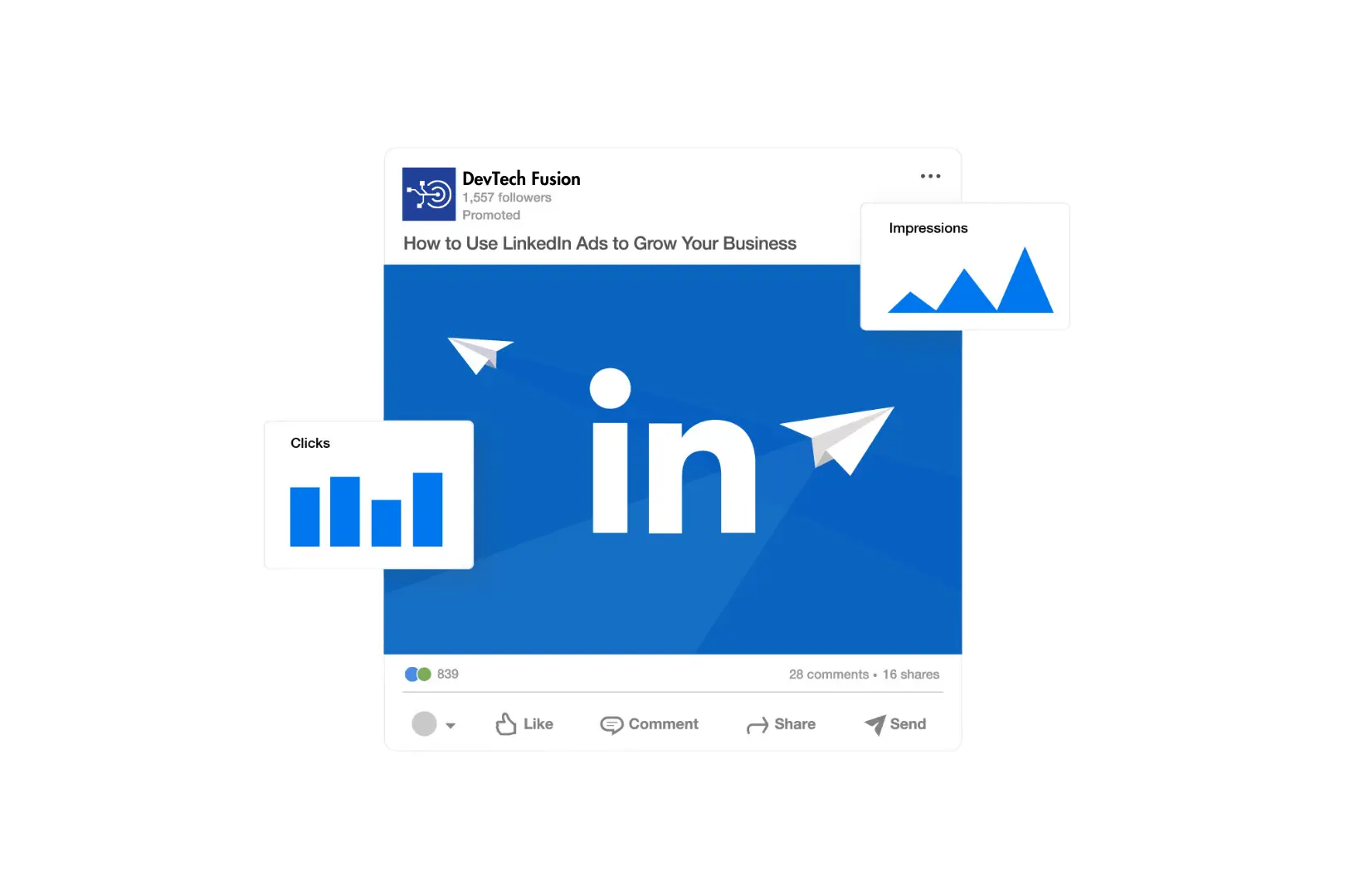The marketing industry continues to evolve at an unprecedented pace, driven by advancements in technology, shifting consumer behaviors, and changing regulatory landscapes. In 2025, businesses must embrace new strategies to maintain competitive advantage, enhance engagement, and build lasting relationships with their audiences.
This comprehensive guide explores the key marketing trends for 2025, providing insights into how businesses can leverage these developments for sustained growth.
1. AI-Powered Marketing and Automation
Artificial intelligence (AI) has become a cornerstone of modern marketing, offering enhanced personalization, predictive analytics, and automation. In 2025, AI will be deeply integrated into marketing strategies, helping businesses optimize customer interactions and improve efficiency.
Key Applications of AI in Marketing
- Hyper-Personalization: AI-driven algorithms analyze vast amounts of customer data, including browsing habits, purchase histories, and behavioral patterns, to deliver highly targeted and relevant content.
- AI-Powered Chatbots and Virtual Assistants: Advanced chatbots with natural language processing (NLP) provide seamless customer support, handling inquiries, processing orders, and even offering personalized product recommendations.
- Predictive Analytics and Data-Driven Decision-Making: AI enables businesses to anticipate customer needs, refine marketing campaigns, and improve customer retention strategies based on predictive insights.
- AI-Generated Content: AI tools are increasingly being used to generate high-quality marketing copy, product descriptions, email campaigns, and even video scripts, streamlining content production.
2. Voice and Visual Search Optimization
As more consumers rely on voice assistants such as Alexa, Siri, and Google Assistant, voice search optimization is becoming essential for businesses. At the same time, visual search technology, powered by AI-based image recognition, is transforming how users discover products online.
How Businesses Can Optimize for Voice and Visual Search
- Conversational SEO: Since voice searches are more conversational, businesses should incorporate natural language and long-tail keywords in their content.
- Structured Data Markup: Implementing schema markup enhances search engines’ ability to understand and index content, improving visibility in search results.
- High-Quality Image Optimization: Businesses should ensure that images are properly labeled with descriptive file names, alt text, and metadata to improve their discoverability in visual searches.
- Local SEO Enhancement: Many voice searches are location-based. Optimizing for local search by updating Google My Business listings and including location-specific keywords can improve rankings.
3. The Dominance of Short-Form Video Content
Short-form video content continues to gain traction, with platforms such as TikTok, Instagram Reels, and YouTube Shorts driving high engagement rates. This format is essential for brands looking to capture attention quickly and convey their message effectively.
Why Short-Form Video is Critical in 2025
- High Engagement and Shareability: Short videos are easier to consume and more likely to be shared, increasing organic reach.
- Algorithm Preference: Social media algorithms favor video content, making it a key factor in audience growth and brand visibility.
- Authenticity and Storytelling: Consumers respond well to genuine, behind-the-scenes content that humanizes brands.
Best Practices for Short-Form Video Marketing
- Capture attention within the first few seconds.
- Align content with trending topics and platform-specific challenges.
- Use clear and concise messaging with strong calls to action.
4. First-Party Data and Privacy-Driven Marketing
With increasing data privacy regulations and the decline of third-party cookies, businesses are shifting toward first-party data strategies to maintain personalized marketing efforts while respecting consumer privacy.
How Businesses Can Adapt
- Building Direct Customer Relationships: Encouraging users to subscribe to newsletters, join loyalty programs, and participate in surveys helps brands collect valuable first-party data.
- Leveraging AI for Data Analysis: AI tools can process first-party data efficiently, offering actionable insights into customer preferences and behaviors.
- Transparency and Compliance: Clear communication regarding data collection practices helps build trust and ensures compliance with regulations such as GDPR and CCPA.
5. The Evolution of Influencer Marketing
Influencer marketing remains a powerful strategy, but the focus is shifting from high-profile celebrities to micro and nano influencers—individuals with smaller yet highly engaged audiences.
Why Micro and Nano Influencers Are More Effective
- Higher Engagement and Trust: Smaller influencers often have niche audiences that trust their recommendations more than mainstream celebrities.
- Cost-Effectiveness: Partnering with multiple micro-influencers can be more impactful and cost-efficient than investing in a single high-profile endorsement.
- Authenticity and Long-Term Partnerships: Consumers are increasingly valuing genuine relationships between influencers and brands. Businesses are moving away from one-off promotions to more sustained collaborations.
6. Sustainability and Ethical Marketing
Consumers are more conscious of sustainability and corporate responsibility, influencing their purchasing decisions. Brands that prioritize ethical marketing and sustainable business practices will gain a competitive advantage.
Key Areas of Sustainable Marketing
- Eco-Friendly Products and Packaging: Businesses are reducing plastic waste and incorporating biodegradable and recyclable materials.
- Transparent Supply Chains: Companies that demonstrate fair labor practices and ethical sourcing enhance consumer trust.
- Cause-Driven Campaigns: Supporting environmental and social causes through marketing campaigns resonates with younger, value-driven consumers.
7. Immersive Experiences: AR, VR, and Metaverse Marketing
Augmented reality (AR) and virtual reality (VR) are transforming digital marketing by offering immersive customer experiences. The metaverse is also emerging as a new frontier for brand engagement.
How AR and VR Are Reshaping Marketing
- Virtual Try-Ons: Retail and fashion brands are enabling customers to visualize products before purchasing.
- 3D Product Demonstrations: Businesses are using AR to provide interactive previews of products, enhancing the online shopping experience.
- Metaverse Commerce: Companies are creating virtual storefronts and hosting interactive events within digital spaces like Decentraland and Roblox.
8. Interactive and Shoppable Content
As social commerce grows, platforms are integrating shopping features directly into content, enabling seamless purchasing experiences.
Examples of Interactive and Shoppable Content
- Live Shopping Events: Platforms like Instagram and TikTok allow brands to showcase products in real time while engaging with potential buyers.
- Gamification in Marketing: Brands are incorporating interactive challenges and rewards into their marketing strategies to boost customer engagement.
- Shoppable Social Media Posts: Consumers can purchase products directly from posts without leaving the app, streamlining the buying process.
9. The Balance Between AI and Human Creativity
While AI is increasingly used in content creation, human creativity remains essential for emotional connection and brand differentiation. The future of marketing lies in the balance between AI efficiency and human storytelling.
The Future of AI-Human Collaboration in Marketing
- AI tools assist with data analysis and content generation, but human oversight ensures authenticity and emotional depth.
- Brands will focus on emotionally resonant campaigns that integrate AI-driven insights with human creativity.
- AI will handle automation and personalization, while human marketers will craft compelling narratives that foster brand loyalty.
Conclusion
The marketing landscape in 2025 will be shaped by AI-driven strategies, immersive technologies, privacy-focused personalization, and ethical branding. Businesses that adapt to these trends will enhance customer engagement, drive conversions, and remain competitive in an evolving digital world.
To succeed, marketers must remain agile, embrace innovation, and prioritize genuine connections with their audiences. By leveraging these insights, businesses can position themselves for long-term success in the dynamic marketing industry.
Suggested reads:
- Nintendo Switch 2 Leak Reveals 360-Degree Console Render
- Nintendo and LEGO Launch Game Boy Set: A Nostalgic LEGO Build
- Ray-Ban Meta Glasses: The Next Big Thing in Wearable Tech

Burhan Ahmad is a Senior Content Editor at Technado, with a strong focus on tech, software development, cybersecurity, and digital marketing. He has previously contributed to leading digital platforms, delivering insightful content in these areas.








